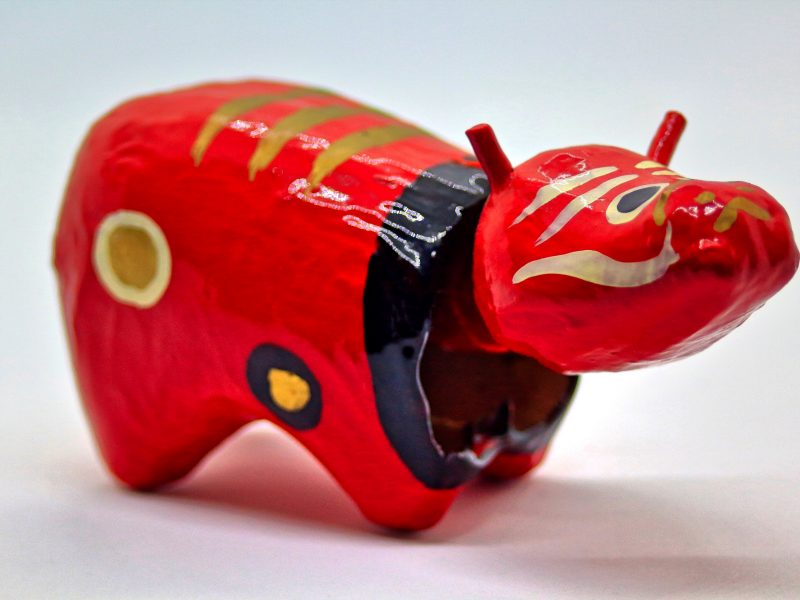Tohoku’s Fruit Paradise!
Fukushima Prefecture is located in the very south of Tohoku region and is the third largest prefecture in Japan. Initially there were three prefectures, Wakamatsu, Iwasaki and Fukushima, but in 1876 these three were combined into one and became known as Fukushima Prefecture. As for the origin of its name, it’s said that it came from the name of a castle called Fukushima castle (福島城), back in the 16th century (there are various theories).
Fukushima is mainly separated into three areas. The Pacific coast area called Hama-

Fukushima is also famous for their fruits especially peaches, pears, cherries, grapes and apples. They are even called the “fruit kingdom of Tohoku region”, due to the amount of production and the number of fruits consumed. There is even an area called the “Fruit Line” in Fukushima City, which is a nickname for the Prefecture’s major road route as lots of fruit farms and stores are located along the 14 km (about 8.7 miles) road.

Kitakata City has a long history of ramen culture for over 90 years. Local restaurants started serving ramen for breakfast to people from night shifts and farmers. Eating ramen for breakfast has now become a custom of the city. Their love of ramen is serious. They even have a shrine dedicated to ramen!!

For a lot for Japanese, Fukushima is famous for the tragic story of Byakkotai (白虎隊) in Aizu-Wakamatsu City, which consisted of boys between the age of 13 to 17 years from Aizu samurai families. In order to understand Byakkotai, let’s rewind back to the mid 19th century, an era considered to be one of the most significant time periods in Japanese history. This was the era of Bakumatsu, which is also known as the end of the Edo period. Japan was transitioning into a modern nation, ending the Japanese feudal system. This, of course, didn’t face without an opposition. Those who wanted to maintain the Tokugawa shogunate and those who established a new imperial government under the rules of the Emperor of Japan fought between 1868 to 1869, which is known as the Boshin War. The film The Last Samurai is said to be loosely based on this civil war.
The western region of Fukushima, at the time called Aizu (会津), was part of the forces of Tokugawa shogunate. The current Aizu-Wakamatsu City, which was the capital of Aizu at the time, became a battleground during this civil war. This is when Byakkotai, White Tiger troops, was formed as a reserve force. During the battle, 20 Byakkotai troops retreated to Mount Iimori. There they assumed defeat of their force and killed themselves to avoid disgrace by getting caught by the enemy alive. Their tragedy has been portrayed in numerous theaters and TV series in Japan.

Aizu region is also famous for Akabeko (赤べこ), a traditional toy in a shape of red colored ox created through wood covered in Japanese paper. Akabeko has also been traditionally used as a charm against evil for children.

Prefecture Info
Prefecture capital: Fukushima City
Population: Approx. 1.97 million
Major crops: Peach/Momo (桃), Japanese Pear/Nashi (梨)
Traditional crafts: Aizu lacquerware/Aizu-
Did You Know?😲
In Aizu region, there’s soba noodle dish where you use whole spring onion instead of chopsticks to eat the noodles!














 Japanese Fried Chicken (Karaage)
Japanese Fried Chicken (Karaage)